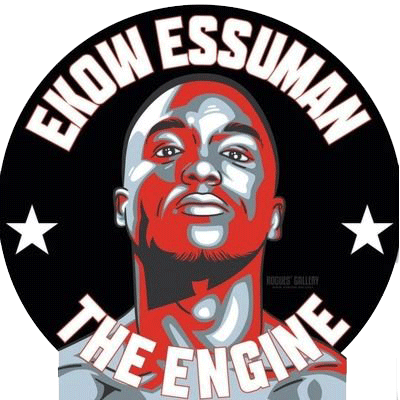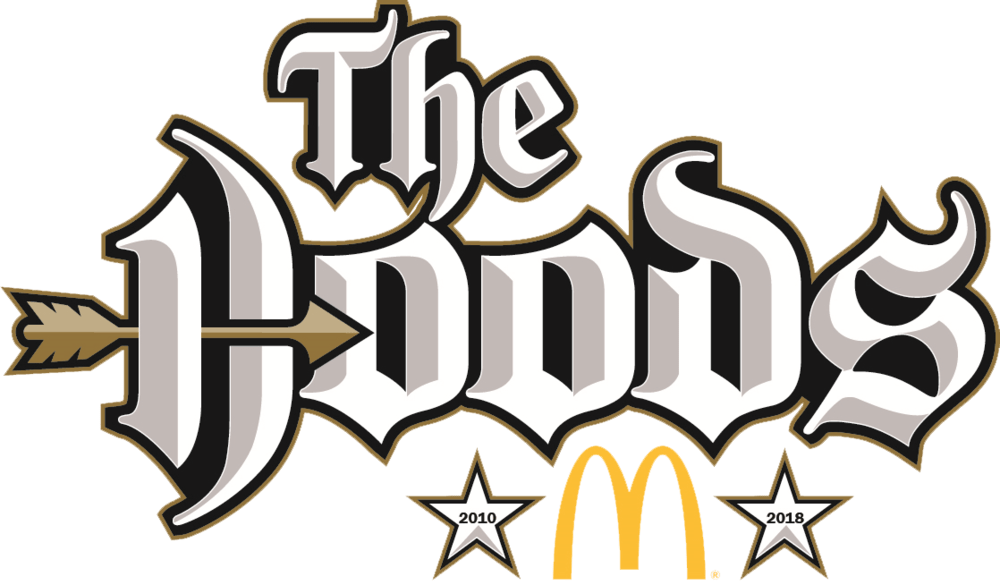How movement reduces pain and helps injury recovery

As osteopaths and movement specialists, we frequently help people work through various types of pain. If you’ve ever experienced an injury or dealt with ongoing pain, you’ll know how debilitating it can be in your daily life.
We believe your pain is as individual as you, so we always develop a unique recovery plan. However, one of the underlying elements of all our pain management treatment plans is movement.
In this post, we’ll break down what pain is and explain why healthy movement and exercises will actually help you recover from musculoskeletal injuries and chronic pain.
Before you keep reading, please remember the information in this post is for general information and educational purposes and is not a substitute for professional advice.
What is pain?
We have pain receptors throughout our bodies that, when triggered, transmit electrical impulses along the nerves to the spinal cord and then the brain. This could be triggered by something in a part of your body getting too hot, compressed, or irritated by toxins. The processing of these signals is what tells us we are feeling pain
For example, muscular pain could be caused by a build-up of tension. Joint pain may be caused because there is increased blood flow and therefore increased heat is interpreted as pain.
The feeling of sharp, sudden pain is an alarm system for our bodies, telling us to stop because our body is somehow in danger.
So what does it mean when your pain comes on gradually?
Connective tissues absorb force, and when muscles contract, force is transferred through the muscle to the tissue. Connective tissue shortens and lengthens in response to these forces. The body will absorb some of this force, but it will get to a point where it’s interpreted as pain.
That’s when you may gradually become aware of low-level pain, for example. Your body may have been under pressure for a while, but your brain has only just started to interpret it.
You may have been asked to measure your pain on a scale of one to ten. This isn’t just an arbitrary measure, but part of the Visual Analogue Scale (VAS) used by health professionals to gauge how you’re feeling. This score allows us to measure your perception of pain on a continuum from nothing to the worst pain imaginable.
Pain can also be categorised in several ways:
Acute
This is the initial stage of an injury and usually lasts five to seven days. It usually comes on suddenly and can often be traced back to a specific injury. It can feel sharp, aching, burning or tight.
You’re feeling this way due to damaged tissues going through the process of clotting and repairing, like the scab that forms after a cut on your skin.
After the acute period, the pain is considered sub-acute and can last six to 12 weeks as those tissues heal. This is also when we can introduce movement and healthy exercise loads to aid in recovery and help prevent future injuries.
Chronic
This type of pain lasts for more than three months. According to the NICE guidelines, chronic pain can be the after-effect of an unresolved injury (known as secondary pain) or may occur gradually for no apparent reason (primary pain). The pain can feel achy, stiff, or tight, but can also be sharp, stabbing or burning.
Both primary and secondary pain can co-exist. This is why we always explore elements of your lifestyle and medical history when trying to understand pain.
Neuropathic
This is caused by damage to or irritation of nerves that connect the brain and spine. Pain isn’t necessarily triggered by an event or injury but can cause pains such as burning, numbness, shooting, tingling or pins and needles.
How can you treat pain and injuries with movement?
We don’t believe in the idea of ‘if it hurts, rest and don’t move’. Research has shown that movement and the correct exercises help reduce musculoskeletal pain. That’s because it helps decrease inflammation by allowing large molecules to break down and escape the injured area.
Imagine the molecules trapped inside a sieve: the process of movement creates energy whipping the molecules around and creating heat to help them break down to a size where they can fall through the sieve.
Strengthening exercises will also aid in recovery because our tissues respond to load, which is the force or resistance placed on that tissue. When you’re injured, we take that load down to the bare minimum. But to recover, we need to build up the resistance again slowly.
It may sound strange, but when we use our tissues they are degenerating slightly. Our bodies are brilliant machines though, and they’re designed to regenerate stronger. But regeneration can only happen if we give tissues time to rest. That’s why we recommend rest periods after workouts, for example. Otherwise, our tissues will be in a constant state of degeneration and that equals pain.
Our muscles and tissues work in pairs. If one is under stress in a constant state of degeneration and the other muscle is essentially doing nothing, we’re going to need to put healthy loads through each tissue to restore the balance. We’re degenerating to regenerate.
Let’s say you’ve injured your knee. You certainly can’t squat, let alone with any extra weight or resistance. If you rest until you feel better then go straight back to moving it the same way you did prior to the injury, your risk of re-injury is increased. But if we look at healthy movement, we can reduce the risk and speed up your recovery.
Ultimately, I believe doing something is better than nothing. Our tissues respond to load; they heal under load. They can’t heal correctly while being rested.
However, the approach we take to your recovery will depend on the type of pain you’re experiencing. Here are a few examples of how we could help you recover from pain.
How to recover from acute pain
Let’s say you’ve hurt your back while training at the gym. You went into a squat and felt acute pain in your lower back.
As movement specialists, we will look to pinpoint where the pain is coming from. We’re also big on providing long-term relief and preventing further injury. We’re not just going to get rid of that lower back pain and let you fall into the same movement pattern that caused it in the first place.
If you’re struggling to walk or move, then our first priority is to get you as comfortable as possible. We’ll try to open up the space where the pain is to get you moving easier and reduce the pressure.
Once the acute phase has passed, we’ll explore why that injury occurred. If you don’t fix this, you may easily re-injure yourself by going straight back to a full range of movement. We may find other muscles or joints around that area aren’t moving very well. When that happens, you’ll find the injury keeps reoccurring because there’s ongoing stress on one part of the body. That starts an injury-pain-injury cycle, which is not what we want to see.
With that lower back pain, for example, we might need to free your hip up a little to reduce compression around the back. We may also look at how the upper back is moving and whether that’s contributing.
How to overcome chronic pain
Most chronic pain develops from dysfunction in movement patterns. So the first thing we look at when exploring your chronic pain is what movement looks like for you, and whether there are any areas that could be contributing to the pain.
For example, if you’re experiencing pain and tension in the neck and frequent headaches, we’ll look at whether your work set-up is contributing. This, along with assessments in-clinic, help us understand why the pain may have developed and which part of your body is at the root of that.
You might not even be aware of the movement patterns your body is experiencing day-to-day. Subconscious tensions can build in our muscles to protect or stabilise our bodies. At some point, that mechanical tension has tipped into pain territory.
This subconscious tension may even be the result of a previous injury. Despite having healed from the acute phase well, your body may still be triggering that pain alarm system in your brain to try and protect from re-injury.
Finding that root cause and teaching your body how to move more effectively in that area your body has subconsciously been protecting is the key to overcoming chronic pain.
It’s important to know that when treating chronic pain, you may also experience flare-ups in acute pain again. Don’t be alarmed if that happens, we’ll go through calming that down again and continue building the strength or reducing compression and tension to recover long-term.
How we approach neuropathic pain
With neuropathic pain, our focus is on comfort. A common complaint we see in the clinic is sciatica, which is caused by a compression of the large sciatic nerve.
What I’ll do is look at why that sciatic nerve is compressed. Is the compression coming from the lower back, or is it the hip? Is a disc impinging on a nerve?
The key, again, is to understand where the pain is coming from. Then we can look at that area and see if movement changes or improving strength will help reduce compression.
When should I avoid movement?
While you need to move to work through an injury, there are some cases when you need to rest. If you ever feel a sharp, stabbing, or shooting pain, then you should stop moving. That’s a big warning sign to your brain that your body is in danger.
When we work with patients, we go through a series of movements and exercises to load the tissues within an acceptable and healthy level of ‘pain’. On the VAS, we would be looking at a three. That will feel like an ache or tension and allow your body to continue building up load resistance.
We know inflammation will bring regenerative nutrients to that area, and creating a healthy load is part of that. Moving up to a pain level of three on the VAS is a healthy amount of inflammation. This is especially true when recovering from tendinopathy.
So what does all this mean?
When helping you recover from pain, we aim to find the root cause and look at movement patterns that may be contributing to acute or chronic pain.
Movement is a vital part of injury recovery, and that’s why all our treatment plans are built around prescribing healthy movements and exercises. But the level and type of movement will always vary based on your individual needs and capabilities.
While some low-level pain is expected during recovery, you should stop movement if you feel sharp or stabbing pain.
If you’re not sure whether we can help you recover from an injury or overcome chronic pain, give the clinic a call. We’re always happy to discuss whether our Sports Massage or Osteopathy treatments will be the right fit for you.


